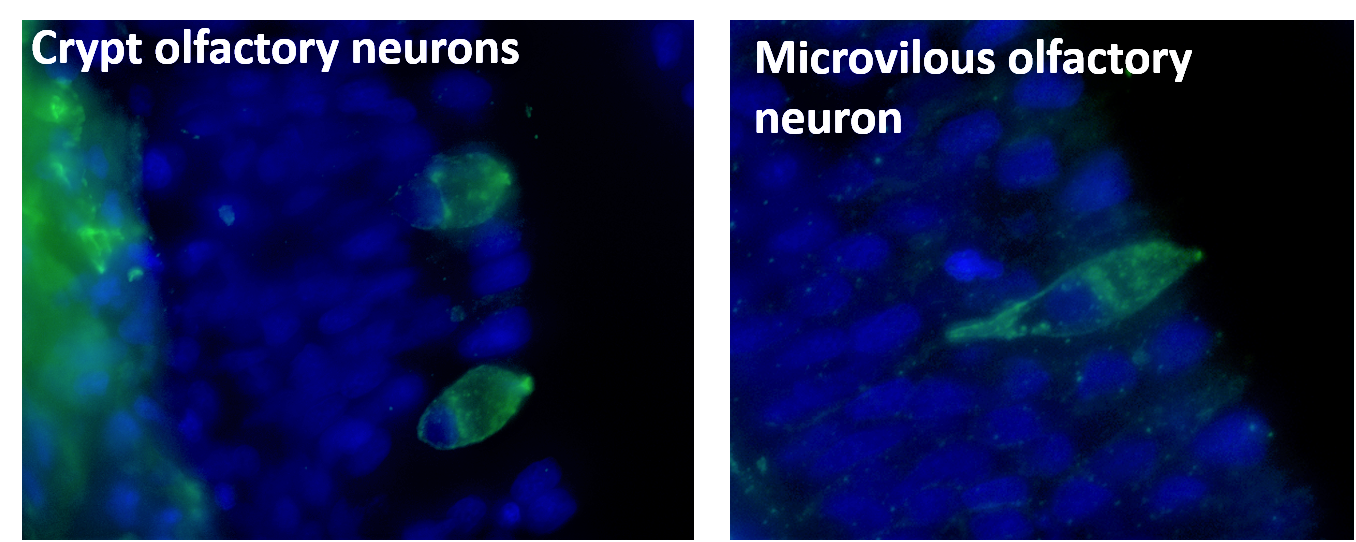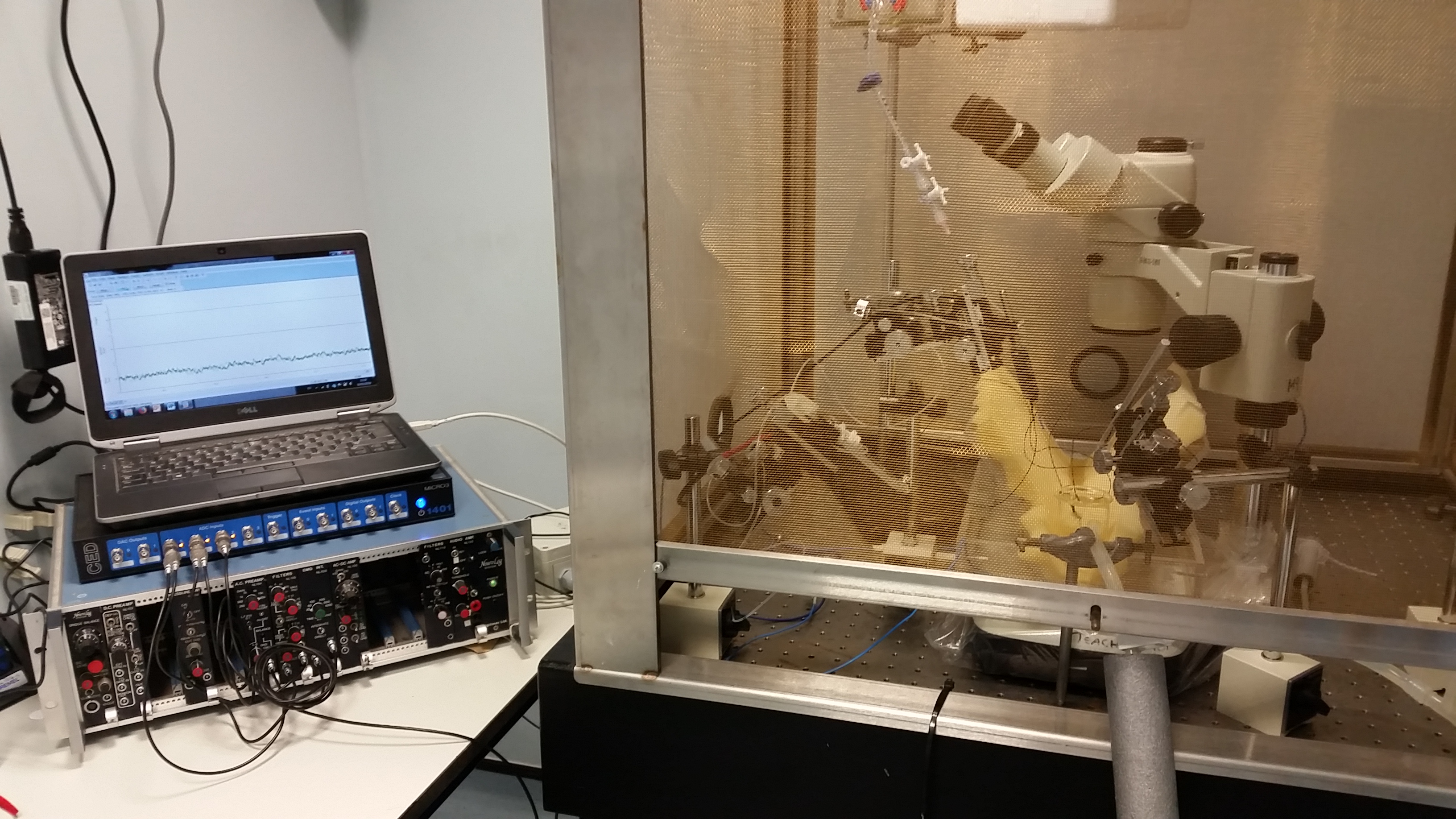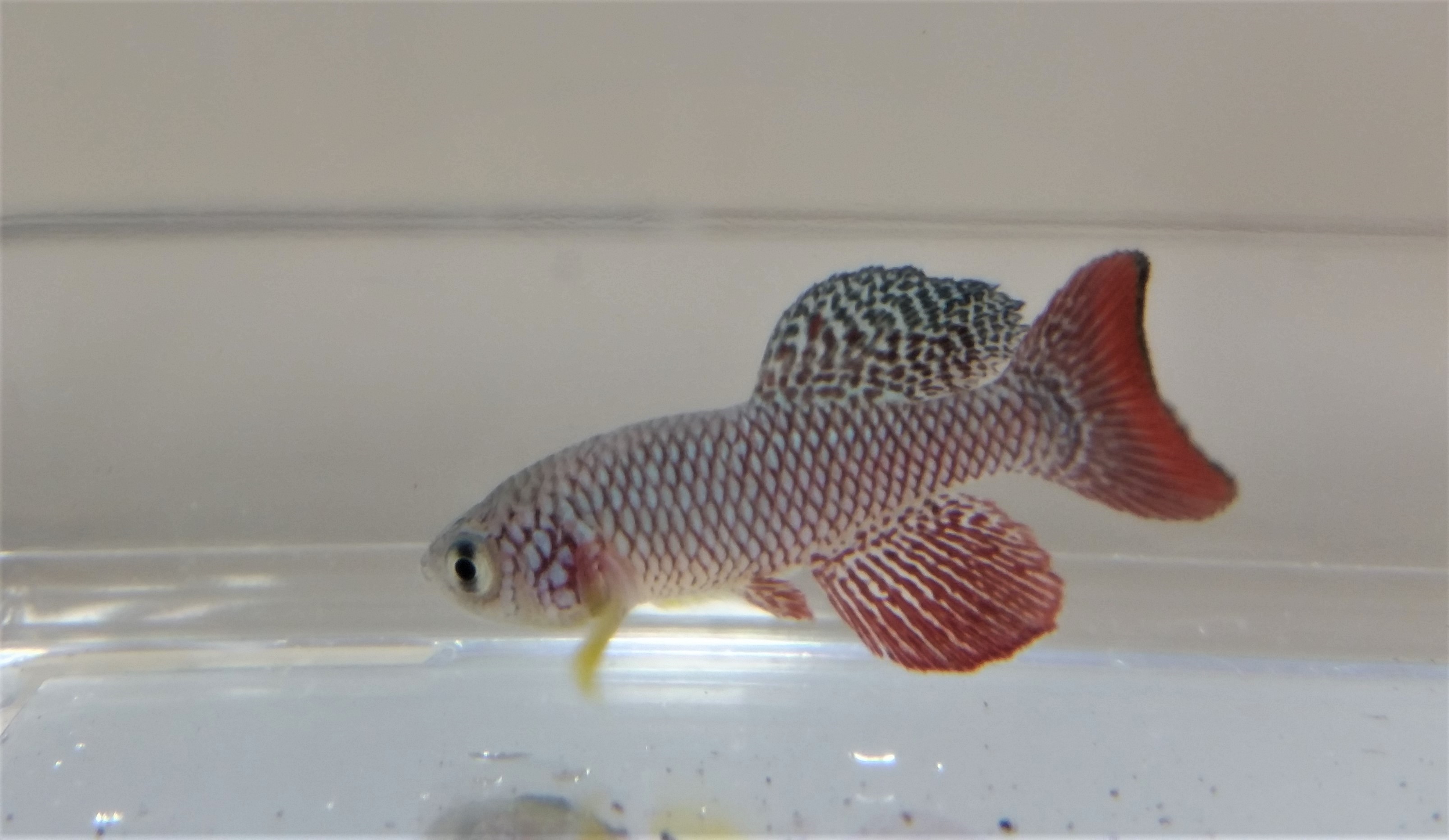
The lab is interested in how aquatic animals sense and respond to environmental change to predict how anthropogenic factors affect their physiology and behaviour. The carbon dioxide in our atmosphere is increasing at an alarming rate, causing increases in sea surface temperatures as well as ocean acidification. These environmental stressors combined with hypoxic events are likely to limit the distribution of many aquatic organisms in the near future. In aquatic animals, the sense of smell has been linked to social behaviours such as kin recognition, migration, mate selection and predator avoidance. Moreover, a change in the quality or effectiveness of this sense of smell has the potential to affect not only individuals but  populations, species and ecosystems as similar principles apply to how most aquatic organisms smell their environment.
populations, species and ecosystems as similar principles apply to how most aquatic organisms smell their environment.
We have recently shown a new mechanism by which ocean acidification has the potential to negatively affect the olfactory system and behaviour of marine fish that is independent of changes in acid-base balance proposed by others. Therefore, our research aims to determine the functioning of the sensory systems of aquatic animals to better understand how these animals will respond to environmental change. Our lab uses a variety of techniques including immunohistochemistry, electrophysiology, molecular biology, and behavioural assays to address these questions.

Understanding how organisms age and what factors can suppress the ageing process is a major question in biology, and it is becoming increasingly important in an ageing Canadian population. Hydrogen sulfide (H2S) is a small gaseous molecule made in our bodies, however, its bioavailability decreases with age. Another area of interest is to understand the role of hydrogen sulfide in the ageing process using the shortest-lived vertebrate, the turquoise killifish, as a model organism.
Our research is funded by:

